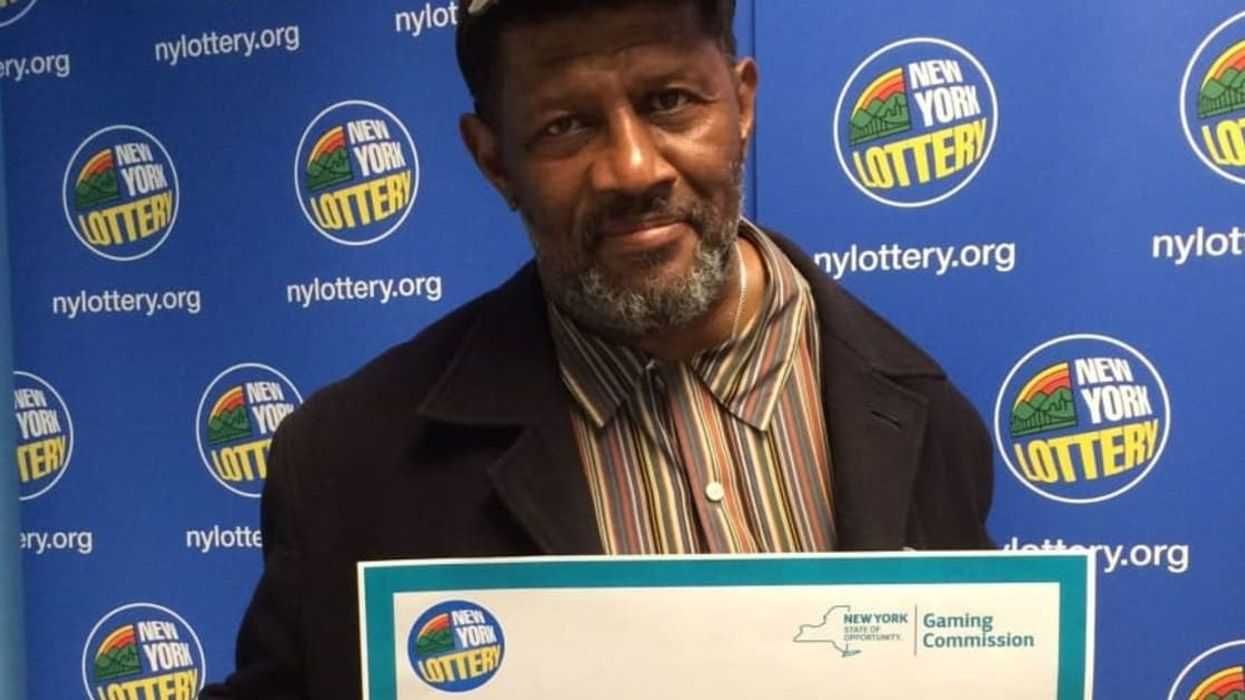Like a lot of Americans, you probably purchase the occasional product in a plastic container, then put forth a good effort to toss it in a blue recycling bin once you’re done. Yet that action can sometimes feel inconsequential. What difference does a single bottle or milk container here or there really make?
According to the research, quite a lot, actually. Recycling decreases content in landfills, generates jobs, and reduces greenhouse gas emissions. It is among the most effective ways to keep plastic out of our waterways—and eventually, the ocean.
Yet only approximately 30 percent of all plastic is recycled in the United States today. For there to be a marked improvement in recycling rates—meaning the percent of plastic waste that is converted back into a reusable material—governments, manufacturers, consumers, and corporations all have important roles to play. That includes organizations like Arrowhead® Brand Mountain Spring Water, the leading branded bottled water company in California..
“We believe that individuals, companies and municipalities all play a part in recycling. Whether that’s cities providing easy access to recycling, companies replacing virgin plastic with recycled content, or everyone pitching in at home through curbside recycling or bins in businesses, airports, or parks,” explains Dave Thorpe, Arrowhead Brand Mountain Spring Water’s director of supply chain. As a leading beverage brand in California, Arrowhead works to make good on Thorpe’s observation. The company employs 1,600 people across California as part of Nestlé Waters North America, and strives to be a responsible member of the plastic and the packaging economy at large.
“The Arrowhead brand has been part of the California community for over 120 years, and our experience teaches us that careful stewardship is the best way to prepare for the future, not only of our company, but for the conservation of California’s precious resources,” adds Thorpe. One way the company does this is by focusing on bottle innovation. Over the last twenty years, it has significantly reduced the amount of total plastic used in its Arrowhead bottles. A few months ago, the Arrowhead brandbegan expanding the use of recycled plastic across all sizes of single serve bottles. “We’ve reduced the weight and amount of plastic in our bottles by 60 percent since 2007, and we are using more recycled content in our bottles. These steps have a measurable impact on reducing our production of greenhouse gases and reducing the amount of plastic in landfills,” says Thorpe.
For the Arrowhead brand, expanding its use of recycled plastic is a huge first step on the way to contributing to a true “closed loop” system—a scenario in which plastic bottles do not contribute to the plastic waste problem because they are used again and again to make new bottles. This is also known as “bottle-to-bottle” recycling. “You drop it into a bin, it gets picked up and sent to a facility like CarbonLite, one of the largest recyclers of PET [a key material in plastic bottles] in the world, and made into a bottle again,” explains Thorpe. And he is optimistic about the future. “I look forward to a day in the future where we are able to use 75 to 80 percent recycled content,” he says.
Still, manufacturers’ use of recycled plastic is only one important component of the equation. To increase recycling rates, there needs to be improvements in education and awareness, making it clear to the general public that plastic is recyclable, while encouraging both consumers and companies to make sure recyclable plastic actually ends up where it belongs, in blue bins or the appropriate slot in curbside containers. Out-of-home recycling bins need to become a municipal priority, and there should be more incentives for companies to embrace recycled plastic as a packaging material. A true closed loop isn’t just about the first half of the process—pick up and handling to control litter. It’s also about giving packaging a second life. “We want consumers to understand that this packaging is not a waste, but a resource for the next bottle.”
Thorpe is optimistic that a movement is underway to help give plastic a second life. “We’re always looking for ways to make our consumers’ lives better, whether that’s making water easier to drink on-the-go or promoting calorie-free options to sugary drinks. And we want to lead the way to collaborative problem solving—from continued development of environmentally sensitive packaging, support for convenient, universally available recycling, to partnerships to restore local watersheds.”
So maybe that single bottle isn’t so inconsequential after all. If we all take responsibility for our own actions, whether as individuals or as corporations, we can become part of a movement that makes a big impact.
















 Otis knew before they did.
Otis knew before they did.